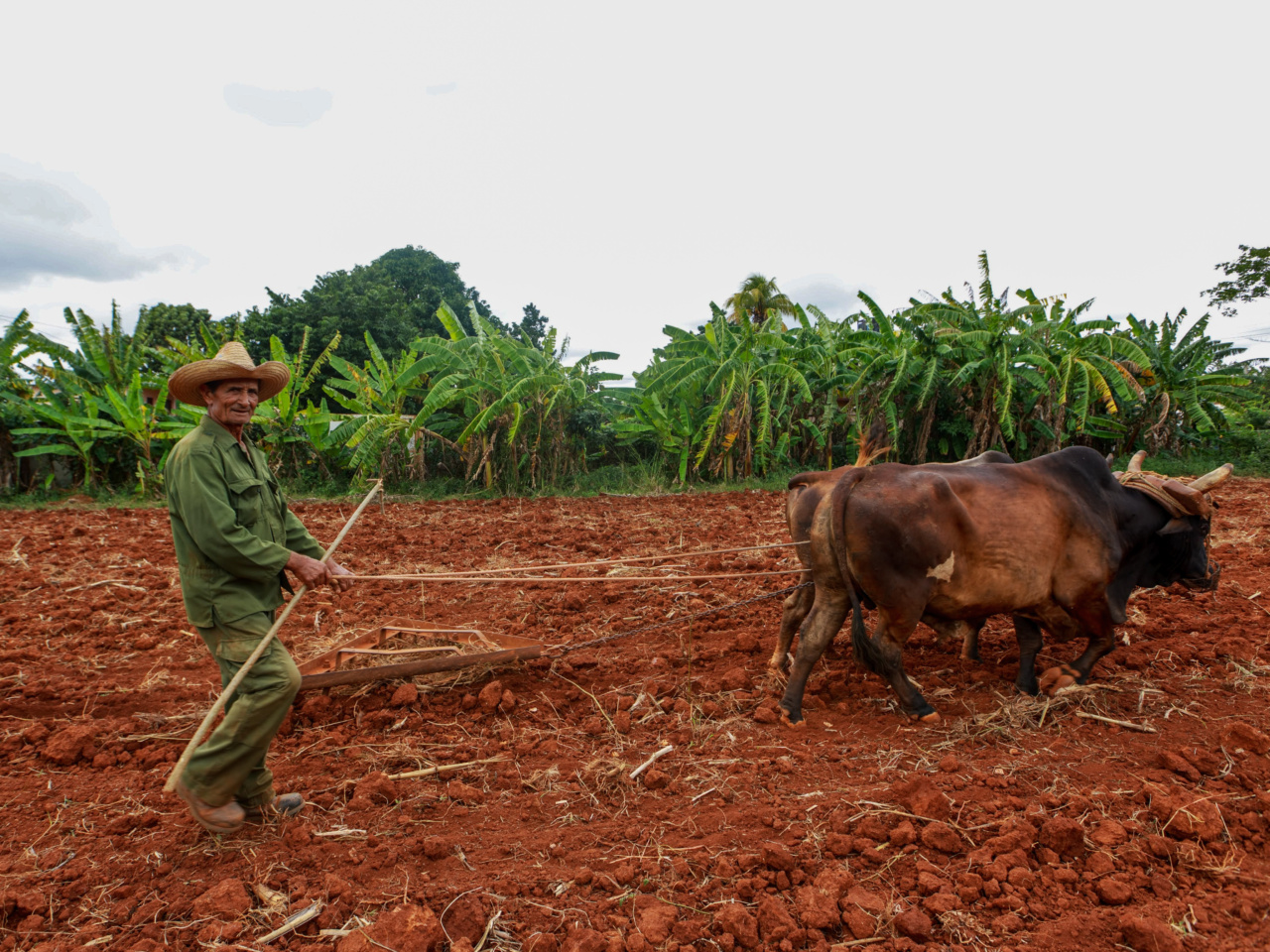Farmers play a critical role in sustaining our global food supply by cultivating crops and raising livestock. However, their efforts are often under threat from various factors such as natural disasters, pests, and economic pressures.
Defending farmers’ livestock and crops is essential to ensure food security and support rural economies. In this article, we will explore different strategies and approaches to protect farmers’ livelihoods and safeguard their agricultural production.
1. Implementing Crop Rotation and Diversification
Crop rotation and diversification are key practices that help in defending farmers’ crops against pests, diseases, and soil depletion. By rotating crops, farmers can disrupt pest cycles and reduce the buildup of pathogens in the soil.
It also helps maintain soil fertility and prevents nutrient imbalances. Diversifying crops can further minimize risks by spreading them across different varieties, which decreases the vulnerability to specific pests and diseases.
2. Promoting Integrated Pest Management (IPM) Techniques
Integrated Pest Management (IPM) is an effective and sustainable approach to pest control. It involves a combination of strategies such as biological control, crop monitoring, and the judicious use of pesticides.
IPM aims to minimize harm to the environment and non-target organisms while effectively managing pest populations. By adopting IPM techniques, farmers can reduce their reliance on chemical pesticides and promote natural pest control mechanisms.
3. Investing in High-Quality Seeds and Breeds
The quality of seeds and breeds is crucial for the success of farmers’ livestock and crop production. Investing in high-quality seeds that are resistant to diseases and pests can significantly improve crop yields.
Similarly, selecting robust and disease-resistant breeds of livestock can enhance their overall health and productivity. Farmers should collaborate with agricultural research institutions and seed suppliers to obtain access to superior quality seeds and breeds.
4. Providing Access to Financial Resources
Often, farmers face financial challenges in defending their livestock and crops. Events such as natural disasters, market fluctuations, or disease outbreaks can lead to financial distress.
To mitigate these risks, farmers should have access to financial resources such as affordable loans, insurance, and grants. Governments and financial institutions should develop policies and programs that provide adequate financial support to farmers during difficult times.
5. Enhancing Agricultural Extension Services
Agricultural extension services play a crucial role in disseminating knowledge, technology, and best practices to farmers.
These services help farmers stay updated with the latest advancements in crop management, pest control, sustainable practices, and livestock husbandry. Governments should invest in strengthening extension services by providing training to extension workers, organizing workshops, and leveraging digital platforms to reach a broader audience.
6. Encouraging Sustainable Farming Practices
Sustainable farming practices can help farmers defend their livestock and crops while minimizing the impact on the environment.
Practices such as organic farming, agroforestry, conservation tillage, and water conservation techniques can ensure long-term viability and resilience of agricultural systems. Governments, NGOs, and agricultural institutions should promote and incentivize the adoption of sustainable farming practices through educational campaigns and policy support.
7. Developing Early Warning Systems
Timely information is crucial for farmers to take proactive measures against threats to their livestock and crops.
Developing early warning systems that provide accurate and timely alerts about weather conditions, pest outbreaks, or disease epidemics can empower farmers to implement preventive measures. Governments and agricultural research institutes should invest in monitoring networks, remote sensing technologies, and data analytics to deliver reliable and actionable information to farmers.
8. Strengthening Animal Health Services
For farmers involved in livestock rearing, a strong animal health support system is critical.
Regular veterinary services, vaccination programs, disease surveillance, and diagnostic facilities are essential for ensuring the health and welfare of livestock. Governments should invest in improving animal health services by establishing veterinary clinics, training veterinary professionals, and promoting vaccination campaigns.
9. Addressing Market Volatility
Market fluctuations can significantly impact farmers’ livelihoods. Price volatility, unfair trade practices, and lack of access to markets can pose challenges for farmers in realizing the value of their produce.
Governments should establish fair trade policies, facilitate market linkages, and support the formation of farmer cooperatives. Providing farmers with market intelligence and ensuring transparent pricing mechanisms can help reduce market volatility and ensure fair returns for their produce.
10. Research and Innovation
Continuous research and innovation are essential for developing new tools, technologies, and practices that can aid in defending farmers’ livestock and crops.
Investment in agricultural research institutions can lead to the discovery of improved crop varieties, disease-resistant breeds, and sustainable farming techniques. Governments and private sector entities should collaborate to fund research projects, promote knowledge exchange, and facilitate the adoption of innovative solutions by farmers.
Conclusion
Defending farmers’ livestock and crops is critically important for ensuring food security, preserving rural economies, and promoting sustainable agriculture.
By implementing practices such as crop rotation, diversification, integrated pest management, and sustainable farming, farmers can mitigate risks and improve productivity. Access to financial resources, strong extension services, early warning systems, and enhanced market support are also vital for their resilience.
Governments, agricultural institutions, and society as a whole must prioritize the defense of farmers’ livelihoods to build a robust and resilient agricultural sector for the future.





























